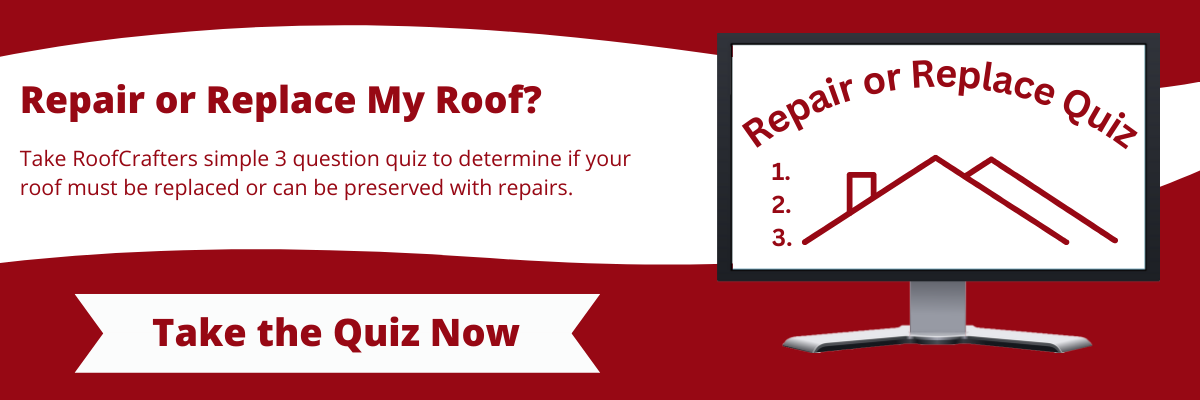Understanding Roof Uninsurability: Key Factors Impacting Insurance Coverage
May , 2024 | 7 min. read
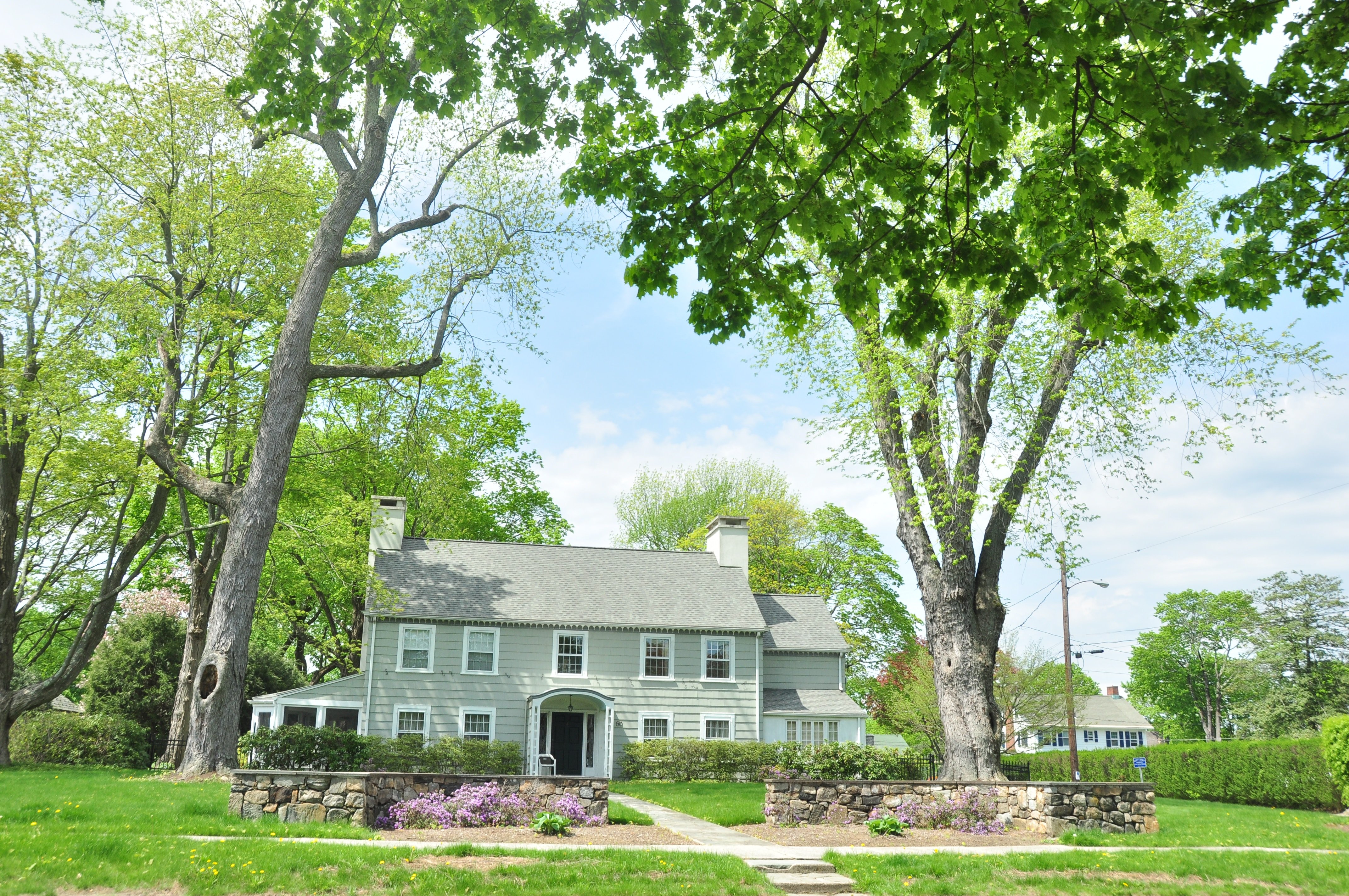
Picture this: you're sitting comfortably at home on a Sunday morning, sipping your coffee, when suddenly you feel a drop of water on your head. Surprise! Your roof has decided to join in on the summer-indoor-water-park fun! Cue the anxiety, stress, and other whirlwind of emotions roofing challenges so diligently provide to their homeowners as you run around like a chicken with its head cut off to find your trusty bucket.
Thanks for that, roof! Love you, too.
From ancient shingles doing their best impression of Swiss cheese to insulation that's about as effective as a blanket made of tissue paper, RoofCrafters has seen the worst of the worst when it comes to issues that deem a roof uninsurable. While it may seem cruel to have your homeowner's insurance sweep the rug out from underneath your feet and say, “Sayonara!”, the second a roofing problem arises, as your trusted neighborhood roofing company, all we can do is give you the facts and let you know: we’re on your side!
We promise always to be the good guys in a world full of skeezy auto, health, and homeowner insurance companies that make you want to scream. While we can’t change the rules or the way society works, we can ensure you know what homeowner’s insurance companies want (or don't want) to see when it comes to your roof. That being said, let’s go over the 4 most common roofing problems that can cause homeowner insurance issues, and how to best move forward if you think, “Hey, that sounds like my roof!” at any time during this article. Let’s get started!
Identifying Uninsurable Roof Conditions
While several different factors can contribute to making a roof uninsurable, here are some roof insurability criteria that homeowners run into with their insurance providers:
- Age and Condition: An old or deteriorating roof can be unattractive and pose structural problems. Signs of wear and tear, such as missing or damaged shingles, leaks, sagging, or rot, can make a roof uninsurable.
- Leaks and Water Damage: A roof that frequently leaks or allows water penetration is highly undesirable to insurance companies. Water damage can lead to structural issues, mold growth, and damage to the interior of the building or home, including ceilings, walls, and personal belongings.
- Poor Insulation and Energy Inefficiency: If a roof lacks proper insulation or is not energy efficient, it can result in uncomfortable indoor temperatures and high energy bills. Inefficient roofs can allow heat transfer, leading to excessive heating in summer and poor insulation in winter.
- Inadequate Drainage: A roof without proper drainage systems can cause water to accumulate, leading to ponding or pooling. This can weaken the roof's structure, promote leaks, and contribute to the growth of mold and algae.
Age and Condition: A Critical Factor
A roof's lifespan or signs of aging can play a significant role in rendering it uninsurable. Insurance companies assess the insurability of a roof based on its overall health and potential risk factors. An old or deteriorating roof poses a higher risk of experiencing damage or leaks, which can result in costly insurance claims.

As your roof ages, its materials naturally degrade, and signs of wear and tear become more apparent. Missing or damaged shingles, sagging, rot, or weakened structural integrity are common indicators of a roof in poor condition. These issues can increase the likelihood of leaks during heavy rain or storms, leading to water damage within the home or building.
Insurance companies view roofs with such problems as higher risks, as they may be more susceptible to leaks. Which can lead to costly repairs and potential liability claims if the damage affects other areas of the home or neighboring properties.
The Risks of Roof Leaks
Roof leaks can significantly impact the insurability of a roof, often leading to it being deemed uninsurable by insurance companies. Leaks pose a substantial risk to the integrity of a home or building, potentially causing damage to the structure and its contents. As a result, insurance companies consider roofs with a history of leaks or ongoing leakage as high risk and may be hesitant to provide coverage.

Insurance policies are designed to protect against sudden and accidental damage, rather than pre-existing conditions or maintenance-related issues. Roof leaks, especially chronic or recurring ones, fall under the latter category. If a roof has a known leak problem, insurers may view it as an ongoing maintenance issue that should be addressed by the property owner before coverage can be offered.
Insulation and Energy Efficiency Concerns
Poor insulation in a roof can impact its insurability due to several factors. Insulation plays a crucial role in maintaining energy efficiency, preventing heat loss or gain, and ensuring comfortable indoor temperatures. When a roof lacks proper insulation, it can lead to increased energy consumption, discomfort for families or residents, and potential moisture issues, making it less desirable to insurers.
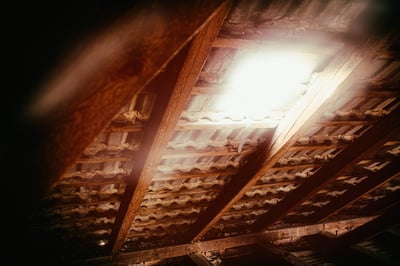
Insurance companies consider energy efficiency as an important aspect of insurability because it affects the overall operating costs of a property. A poorly insulated roof allows heat transfer between the interior and exterior, which can result in excessive heat gain during the summer or heat loss during the winter.
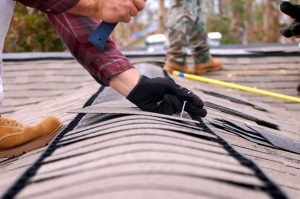
This means that the building's heating, ventilation, and air conditioning (HVAC) systems have to work harder to maintain desired temperatures, leading to increased energy usage and higher utility bills. Insurers may view homes and properties with inadequate insulation as a higher risk for increased energy consumption, which can affect the cost of insuring the property.
If you believe that your roof has gone far too long without proper insulation and you're now suffering the consequences, take the short quiz down below to find out if you need a small repair or complete roof replacement.
Drainage Issues and Their Impact
Inadequate drainage on a roof can be a significant factor in deeming it uninsurable by insurance companies. Proper drainage is crucial for the health and structural integrity of a home or building, as it helps prevent water accumulation and potential damage. When a roof lacks effective drainage systems, it can lead to a range of issues that increase the risk profile of the property, making it less desirable to insurers.
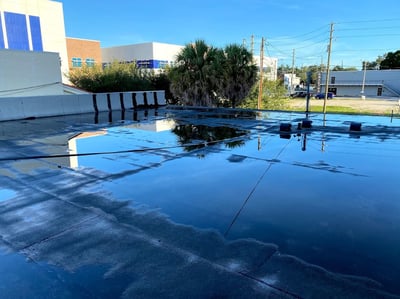
Insurance providers consider the potential for water damage as a critical aspect of insurability. Roofs with inadequate drainage can experience ponding or pooling of water, particularly during heavy rainfall. Standing water on a roof can lead to various problems, such as increased weight load, degradation of roofing materials, and compromised structural integrity.
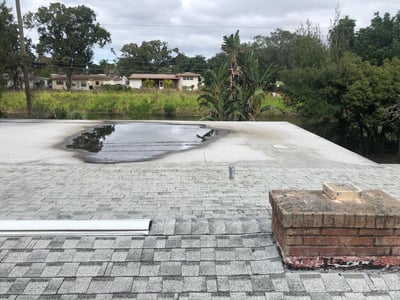
Additionally, it creates a higher risk of leaks and water infiltration, which can cause damage to the home or building's interior, including ceilings, walls, insulation, and electrical systems. These potential risks associated with poor drainage make insurance companies cautious about offering coverage to those with such roof conditions.
Assessing Your Roof's Insurance Eligibility
As you now know, several factors contribute to deeming a roof uninsurable by insurance companies, however, the 4 most common reasons include the age and condition of the roof, roof leaks, poor insulation, and inadequate drainage. Insurers assess the insurability of a roof based on the potential risk it presents, including the likelihood of damage, costly repairs, and liability claims. Roofs that exhibit significant wear and tear, chronic leaks, insufficient insulation, or drainage problems are viewed as higher risks.
Although it may seem unfair, insurance companies seek to protect themselves from potential claims and ensure the habitability, safety, and energy efficiency of insured homes and buildings. Therefore, home and business owners must address these factors to improve the insurability of their roofs and mitigate the risks associated with uninsurability.
That being said, it’s incredibly important to keep up with professional bi-yearly maintenance so that you can remain aware of the health and condition of your roof, and hopefully avoid any insurance faux pas.
If after reading this article you suspect that your roof may be in worse shape than you thought (which is okay!), don’t waver on the decision to have a professional inspection conducted. If there’s good news, you’ll have peace of mind that your roof is in tip-top shape. If there are a few repairs or changes to be made, your estimator will walk you through a step-by-step process, which will allow you to do your due diligence not only for your insurance provider but for your beautiful abode as well.
My name is Cassie, and I’m the Content Manager here at RoofCrafters. I was born and raised in Chicago, Illinois, and made my way out to Florida post-college graduation. I’m incredibly passionate about writing and creating valuable content that helps others with the collaboration of my marketing team. When I’m not working, I enjoy shopping (a little too much), spending time at the beach, and reading!



